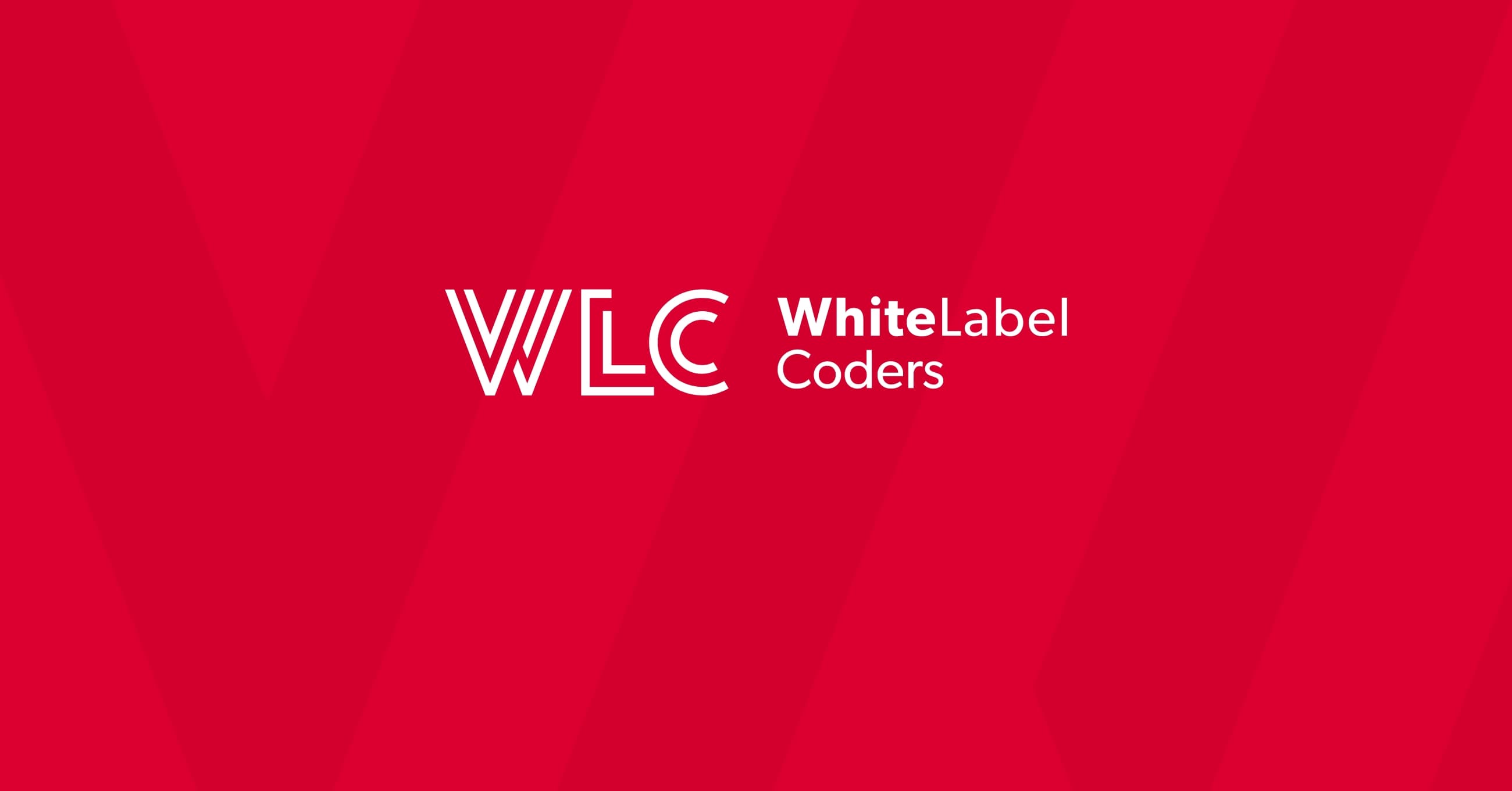Category: SEO AI
What causes delays in launching seasonal trading campaigns?

Seasonal trading campaigns are delayed primarily by dependency on development teams, complex data integration requirements, and inflexible content management systems. Trading affiliates face unique timing challenges because broker promotions often arrive with little notice, yet implementing them requires technical changes across multiple landing pages, comparison tables, and review sections. The gap between marketing urgency and technical capacity creates missed commission opportunities and weakened competitive positioning during peak trading seasons.
What actually causes delays in launching seasonal trading campaigns?
Campaign launch delays stem from three interconnected bottlenecks: technical dependency, data management complexity, and workflow inefficiencies. Trading affiliates must coordinate between marketing teams who understand timing and developers who control implementation, creating a communication gap that extends timelines. Every new landing page, broker comparison update, or promotional banner requires developer involvement, turning what should be quick marketing responses into multi-day technical projects.
The infrastructure challenge compounds these delays. Traditional WordPress installations often rely on custom theme code, multiple plugins, and hardcoded content that makes rapid changes risky. When a broker launches a limited-time bonus or adjusts spreads for a seasonal event, updating this information across dozens of pages becomes a manual, error-prone process. Content teams spot the opportunity immediately, but translating that into live pages takes far longer than market conditions allow.
Approval workflows add another layer of friction. Even when technical resources are available, campaign materials often require compliance review, legal checks, and multiple stakeholder sign-offs. Without streamlined processes, these necessary safeguards become campaign killers. The seasonal window closes whilst content sits in review queues or awaits minor technical adjustments.
Infrastructure limitations affect campaign deployment speed in ways that aren’t immediately obvious. Slow admin panels frustrate content teams, caching configurations delay updates from appearing live, and poor Core Web Vitals scores mean new landing pages perform badly even when they do launch. These technical debt issues accumulate over time, making each campaign progressively harder to execute quickly.
Why do trading affiliates struggle with last-minute broker promotions?
Last-minute broker promotions create a fundamental mismatch between marketing agility and technical capacity. Brokers announce attractive bonuses, reduced spreads, or exclusive offers with 24-72 hours’ notice, expecting affiliates to promote immediately. However, creating effective promotional landing pages, updating comparison tables with new data, and ensuring consistent messaging across review pages typically requires significantly more time in traditional WordPress environments.
The ripple effect of manual content management amplifies these challenges. Changing a broker’s promotional offer on one landing page should automatically update everywhere that information appears, but most affiliate platforms require manual edits across multiple locations. This creates three problems: it takes too long, introduces inconsistencies when updates are missed, and risks displaying outdated information that damages credibility and conversion rates.
Content teams understand the urgency but lack the tools to act independently. They can write compelling promotional copy quickly, but implementing it requires developer assistance to create new page templates, adjust layouts, or modify comparison table structures. By the time technical resources become available, the promotional window has often narrowed considerably or closed entirely.
The competitive disadvantage becomes severe when rival affiliates can respond faster. Trading markets move quickly, and affiliates who publish promotional content first capture the most valuable traffic. Those stuck waiting for technical implementation watch commission opportunities flow to competitors with more agile campaign deployment capabilities. This isn’t just about individual promotions; it’s about establishing market position as the fastest, most current information source in a fast-moving industry.
How does WordPress architecture impact campaign deployment speed?
WordPress architecture determines whether campaigns take hours or weeks to deploy. Traditional WordPress setups with monolithic themes, extensive plugin dependencies, and tightly coupled code create deployment friction at every step. When marketing teams request new landing pages or campaign updates, developers must navigate complex theme files, ensure plugin compatibility, and manually test changes across multiple environments before deployment feels safe.
Modern WordPress frameworks like Sage, Bedrock, and component-based architectures fundamentally change this equation. These approaches separate concerns, use version control effectively, and implement automated deployment pipelines that reduce risk whilst accelerating speed. A well-structured WordPress trading platform built on these foundations allows content teams to create campaign pages using pre-built, tested components rather than requiring custom development for each new initiative.
Admin panel complexity directly affects how quickly content teams can work. Bloated dashboards with poor UX, slow-loading editing interfaces, and confusing custom field arrangements waste hours each week. When every content update feels laborious, teams naturally slow down, and campaign launch timelines extend. Optimised WordPress implementations prioritise editor experience, ensuring content teams can work efficiently without technical frustration.
Core Web Vitals and performance considerations become critical during campaign launches. A new landing page that loads slowly or causes layout shifts will underperform regardless of content quality. WordPress architecture that implements proper caching strategies, server-side rendering, and optimised asset delivery ensures new campaign pages perform well immediately. Poor architecture means choosing between speed of deployment and page performance, whilst modern approaches deliver both simultaneously through thoughtful technical implementation.
What role do data integrations play in seasonal campaign delays?
Data integrations create substantial campaign bottlenecks when handled manually or poorly architected. Seasonal campaigns often depend on current broker information—spreads, fees, available instruments, promotional terms, and regulatory details. When this data lives in spreadsheets, emails, or scattered across multiple systems, updating it for campaign launches becomes a time-consuming, error-prone process that delays everything downstream.
Broker API integrations offer real-time accuracy but introduce technical complexity that many affiliate platforms struggle to manage. Connecting to multiple broker APIs, handling different data formats, managing authentication, and ensuring reliable data synchronisation requires significant development effort. Without proper architecture, these integrations become fragile, breaking unexpectedly and requiring developer intervention precisely when campaigns need to launch quickly.
The synchronisation challenge across comparison tables, review pages, and landing pages compounds data integration difficulties. A broker’s seasonal promotion should automatically appear in relevant comparisons, update on their dedicated review page, and populate new promotional landing pages. Manual data entry makes this impossible to maintain accurately, whilst poorly designed systems require updating the same information in multiple places, creating inconsistencies that confuse visitors and damage conversion rates.
Centralised data management systems eliminate these delays by creating a single source of truth for all broker information. When promotional data, spread changes, or fee updates enter the system once and propagate automatically across all relevant pages, campaign launches become dramatically faster. Content teams focus on messaging and positioning rather than data entry, whilst visitors always see current, accurate information regardless of which page they land on. This architectural approach transforms data integration from a bottleneck into a competitive advantage for seasonal campaign deployment.
How can content teams launch campaigns without developer dependency?
Content teams gain campaign independence through Gutenberg block libraries and Full Site Editing capabilities specifically designed for trading affiliate workflows. Pre-built, customisable blocks for broker comparisons, fee tables, promotional banners, and review sections allow marketing teams to construct sophisticated landing pages without touching code. These components maintain design consistency and technical reliability whilst putting creative control directly in content creators’ hands.
Trading-specific components address the unique needs of affiliate platforms. A broker comparison block that pulls data from a centralised database, displays it in an optimised table format, and updates automatically when information changes gives content teams professional results without technical expertise. Similarly, promotional banner blocks, spread comparison widgets, and review layout templates provide the building blocks for rapid campaign assembly.
Template libraries accelerate common campaign types even further. When seasonal patterns repeat—holiday promotions, quarter-end bonuses, regulatory change responses—having pre-built page templates that content teams can duplicate and customise eliminates starting from scratch each time. These templates encode best practices for layout, conversion optimisation, and technical performance, ensuring quality remains high even when deployment speed increases dramatically.
Workflow automation removes remaining friction points. Automated image optimisation, SEO metadata generation, and deployment previews mean content teams can work confidently without technical review for routine campaign launches. Developer involvement shifts from being required for every change to focusing on creating better components and improving the system itself. This transformation doesn’t eliminate technical teams; it redirects their efforts toward building tools that multiply content team effectiveness rather than bottlenecking every campaign initiative.
What workflow improvements eliminate seasonal campaign bottlenecks?
Centralised Trading Data Centers fundamentally restructure how campaign information flows through affiliate organisations. Rather than scattered data sources requiring manual coordination, a unified database containing all broker information, promotional terms, spread data, and review content becomes the foundation for every page. Campaign launches then involve configuring how this existing data displays rather than gathering and entering information repeatedly, reducing launch timelines from days to hours.
Automated content propagation ensures consistency whilst eliminating manual update work. When a broker extends a seasonal promotion or adjusts terms, updating the central database automatically refreshes every comparison table, landing page, and review section that references that information. Content teams verify the update appears correctly across key pages rather than manually editing dozens of locations, dramatically reducing both time investment and error risk.
CI/CD pipelines (Continuous Integration/Continuous Deployment) bring software development best practices to campaign launches. Automated testing, staging environment previews, and one-click production deployment replace manual FTP uploads and nervous production changes. Content teams can confidently deploy campaign updates knowing automated checks have verified functionality, whilst rollback capabilities provide safety nets if issues emerge after launch.
Improved admin panel UX removes daily friction that accumulates into significant time waste. Fast-loading editing interfaces, intuitive component configuration, clear preview capabilities, and streamlined publishing workflows mean content teams spend time on strategy and creativity rather than fighting their tools. When combined with proper team collaboration features—content staging, approval workflows, and role-based permissions—these improvements create an environment where seasonal campaigns launch smoothly even under tight deadlines.
The transformation from bottlenecked campaign launches to agile deployment capability requires addressing technical architecture, data management, and team workflows simultaneously. Trading affiliates operating in fast-moving markets can’t afford delays that cost commission opportunities and competitive positioning. Modern WordPress implementations built on frameworks like Sage and Bedrock, combined with component-based content systems and centralised data management, provide the foundation for responding to seasonal opportunities as quickly as they emerge.

